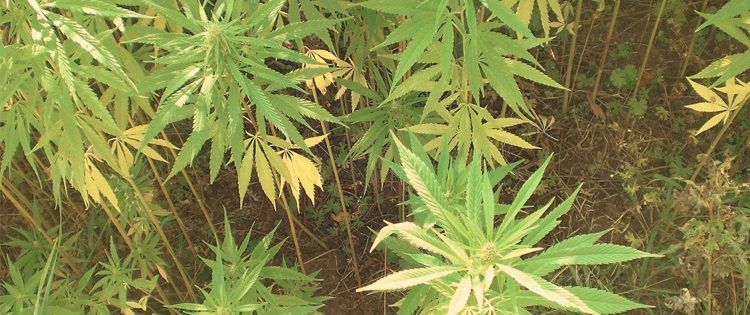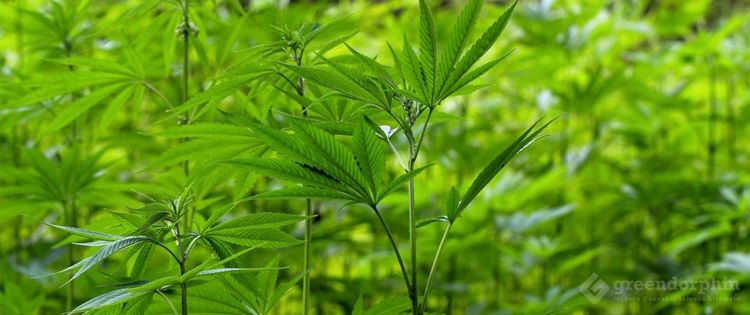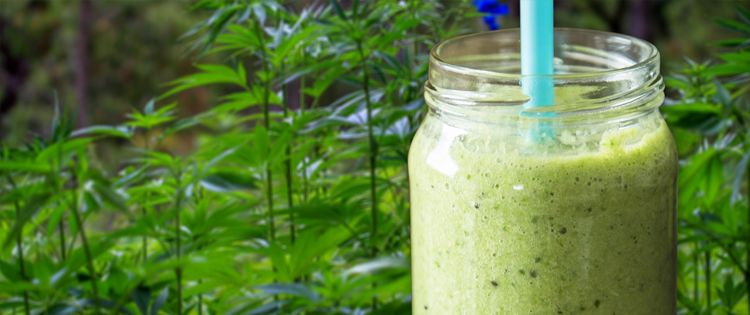Cannabis is more entrenched into the Indian culture than you would think. In India, cannabis is most often consumed in the form of Bhang and it has no social stigma attached to it.
Bhang is consumed throughout the year and everyone jumps in at the Hindu festival of Holi.
The incredibly long history of cannabis consumption in India
The Vedas, the sacred Hindu text contains the earliest mention of Cannabis. According to the Vedas, cannabis is one of 5 sacred herbs and a guardian angel lives in the leaves of cannabis. This is thousands of years back in history, as far as 2000 to 1400 BC.

According to the Hindu legend, Shiva came across cannabis while browsing the fields after a family disagreement. In his disappointment and heat exhaustion, he fell asleep under a cannabis plant. After he woke up, his attention got drawn to the appealing leaves of the plant, he tried cannabis then. Shiva was amazed by the rejuvenating effect of the plant and he made cannabis his favourite food and he became the Lord of Bhang.
Luckily for us, mortals, Lord Shiva brought the Bhang down from the Himalayas for mankind to enjoy. From here on, throughout history, Bhang has become an integral part of the Indian culture.
Cannabis plants grow natively across the country and easy to access for anyone.
When the British arrived in India and colonised the country, they found widespread use of the herb. Indians used cannabis to relax after work and for religious ceremonies. Somewhat in similar ways that the Brits used Whiskey.
The British were concerned about the consequences of such an extensive use of the plant and arranged with the Indian Government to study the effects on the population and conduct a comprehensive report.

This initiative led to The Indian Hemp Drugs Commission Report, that was completed in 1894. British and Indian medical experts interviewed more than 1000 cannabis users.
The study was completed more than 120 years ago, however, the findings are just as relevant today. It concluded that, it was unjustifiable to prohibit the use of the cannabis drink, Bhang, and that it was, in fact, less harmful than alcohol. Bhang was further classified in the report as ‘harmless’ if consumed in moderation.
The 3 most common ways to consume cannabis in India are:
- Smoking the buds, the unfertilised flowers of the female plant.
- Smoking the hashish like resin extract from the unfertilized female flower, called ‘Charas’.
- Eating or drinking Bhang. This is the most popular and the only method that is legal in India.
What is Bhang?
Bhang is produced from leaves and buds (flowers) of the cannabis plants. Female plants are used most often, however occasionally male flowers are also mixed in to decrease potency.

There are 2 main types of Bhangs:
- Bhang lassi (drink)
- Bhang goli (balls)
Bhang Lassi
This is basically a cannabis milkshake. It contains nuts (pistachios, almonds etc.) ginger, pepper and sweetened with honey or sugar. Pulped cannabis flowers and leaves are added to the above mixture and mixed with hot milk. It is served at room temperature or chilled.
Bhang Goli
These are solid edible balls, made out of a similar mixture than the one used for Bhang lassi, but instead of milk, yoghurt may be used and this mixture is served in the form of bite-size balls. There are a few ways to prepare Bhang goli. In its plainest form, it can be just ground bhang mixed with water, but sweetened versions are also available. Nuts, spices, and seeds may be added to the concoction which is legally available in India.
The potency varies on the preparation and how much cannabis is used. Obviously, just like any other edible cannabis products, it takes 30 minutes to 3 hours for the effect to kick in and can last up to 12 hours.
So if you do decide to sample Bhang, make sure you take it slow and cater for your cannabis tolerance.
Despite the strong medical properties that a drink like Bhang would have, I noticed that Bhang is hardly ever praised for its health effects. It is seen as a cultural and spiritual activity, rather than one for the physical wellbeing.
It calms you enough to help release your anxiety but gives you enough high to “get your bhang on” at festivals like Holi.
Have you had the opportunity to try Bhang in India?
Share your experience.
- How to Use Waxmaid Honey Pen? - April 9, 2024
- How To Choose The Best Electric Dab Rig For Christmas - December 7, 2023
- Maintenance Matters: Keeping Your Glass Water Bong in Pristine Condition - October 9, 2023


